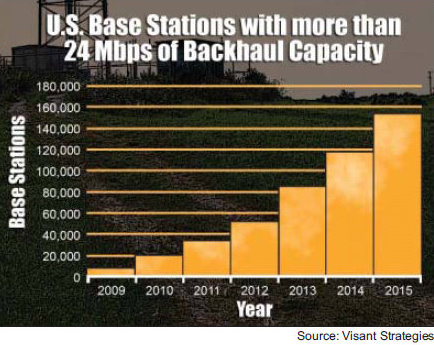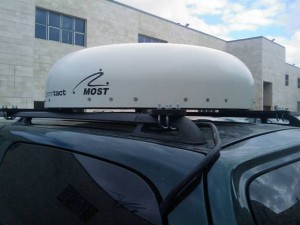This summarizes a selection of applications for the Experimental Radio Service received by the FCC during February 27 – March 14. These are related to smart grid, antennas, radar, military, satellite, data links, roaming services, maritime communications, WiMAX, network protocols, and UAVs.
- Sensus Spectrum filed an application (with supporting exhibit) for special temporary authority to test European Advanced Metering Infrastructure (AMI) equipment on 412-424 MHz.
- The University of Colorado filed an application (with supporting exhibit) for special temporary authority to test the feasibility of synthetic aperture radar in an end-fire configuration. This configuration will output short (50ns) bursts of approximately 10W at 500-530 MHz in order to construct an image of objects in an adjacent parking lot. This is an attempt to prove the feasibility of a new radar configuration for a proposal to NASA.
- Oceanit filed an application for special temporary authority for a Ku-band SATCOM transmission test with an experimental ground-based phased-array antenna. Operation is to be on 13.75-14.50 GHz.
- Northrop Grumman filed an application (with supporting exhibit) for special temporary authority to test an electronically-scanned-array radar system intended to act as part of a missile interceptor system to protect against rocket, artillery and mortar threats. Operation is to be on 16.2-17.3 GHz.

